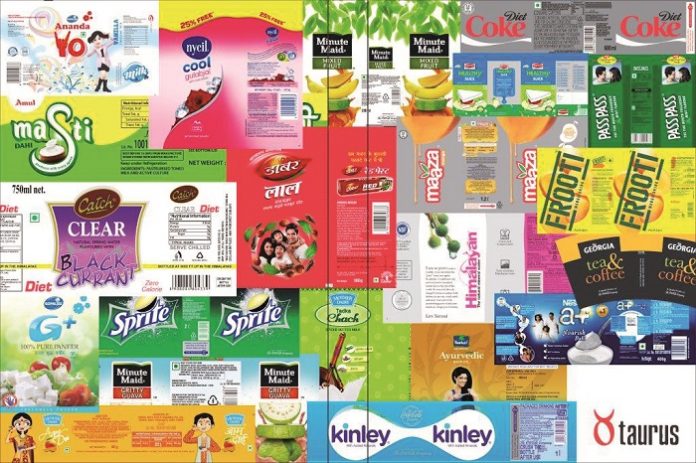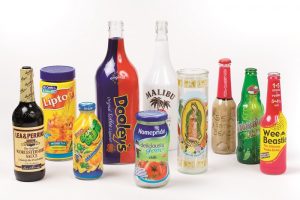
Taurus has two plants in Noida—in Kasana and Toy City. The company has also plans to build its third plant outside Noida. Recently, the company ordered a 9-color rotogravure press which will be installed in February-March 2017.
Taurus Packaging in Greater Noida has a strong vision. “Our vision is to make Taurus a 2,000 crore company by 2025. Now we do not just want to grow but to multiply,” said Chetan Jain, director at Taurus Packaging. The company has two plants in Noida—in Kasana and Toy City. “We have committed to ourselves to build our third plant anywhere in India but Noida. Our USP is to produce quality products with consistency every time and on time.” Today the company also manufactures OPS, PVC, PETG, PLA, LDPE shrink sleeve labels, BOPP wrap-on labels, printed bags and flexible laminates. Taurus is the first company in India to introduce LDPE stretch sleeve labels in India in 2011.
Taurus Packaging started operations in 1995 with PVC shrink sleeves. The company installed its first rotogravure press in 2008 and at present they have six rotogravure presses. Recently, the company ordered another 9-color rotogravure press which will be installed in February-March 2017. The new machine will be installed at Taurus’ 50,000 sq. ft plant in Kasana. “We bring good practices from around the world to Taurus. This helps us provide the very best to our customers,” said Rajesh Jain, managing director of Taurus Packaging.
 “We always try to encourage LDPE because it is environment friendly,” added Chetan. “While PVC is regarded as hazardous to health, PET too has some recycling issues. For example, when you put a PET label on a PET bottle, the segregation becomes difficult because the density of both are same. That is why we encourage LDPE, which has a lower density than PET (bottles). Countries like Japan, South Korea and Taiwan are already using PET and OPS; they don’t use PVC. India and China, however, are mostly dominated by PVC while the US and Europe use both PET and PVC. In India there is no such regulation yet on the kind of flexible substrates to be used, so PVC is still prevalent. However, tomorrow if any regulations come in place, we are ready to adapt to it easily.”
“We always try to encourage LDPE because it is environment friendly,” added Chetan. “While PVC is regarded as hazardous to health, PET too has some recycling issues. For example, when you put a PET label on a PET bottle, the segregation becomes difficult because the density of both are same. That is why we encourage LDPE, which has a lower density than PET (bottles). Countries like Japan, South Korea and Taiwan are already using PET and OPS; they don’t use PVC. India and China, however, are mostly dominated by PVC while the US and Europe use both PET and PVC. In India there is no such regulation yet on the kind of flexible substrates to be used, so PVC is still prevalent. However, tomorrow if any regulations come in place, we are ready to adapt to it easily.”
According to him, one major issue with LDPE over PET is that it comes at a premium. However, Taurus is continuously working with its suppliers to devise some way to bring in some relief. The company converts around 500 tons of flexible films and laminates every month while consuming 400 to 500 gravure cylinders in the equal period.
Speaking about shrink sleeves, Chetan said, “In shrink sleeve, a customer can experience a 360 degree view, and that too comparatively at a lower cost, unlike pressure-sensitive labels. This is one of the reasons why shrink sleeves are gaining popularity among brand owners.” Chetan also shared his concern about the flexible packaging industry. He said, “The entire polymer industry is very easily affected by the crude oil prices and the fluctuation in this industry is on a weekly basis. When the crude oil price changes, the polymer price changes too. But we cannot go to our customers after every 10 days to revise the cost agreement with them.”
Taurus has also diversified to cup manufacturing. Paper cups comprise 5% of the total business revenue and was started two years ago. “We use food-grade ink for printing on paper cups as cups come directly in contact with its content,” said Rajesh. The company also produces rippled paper cups.










